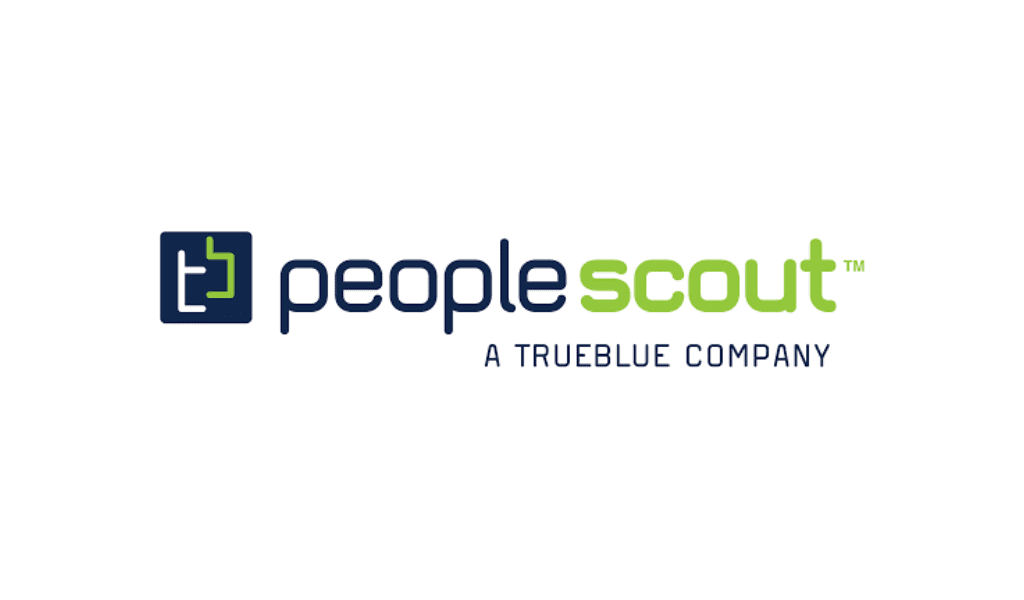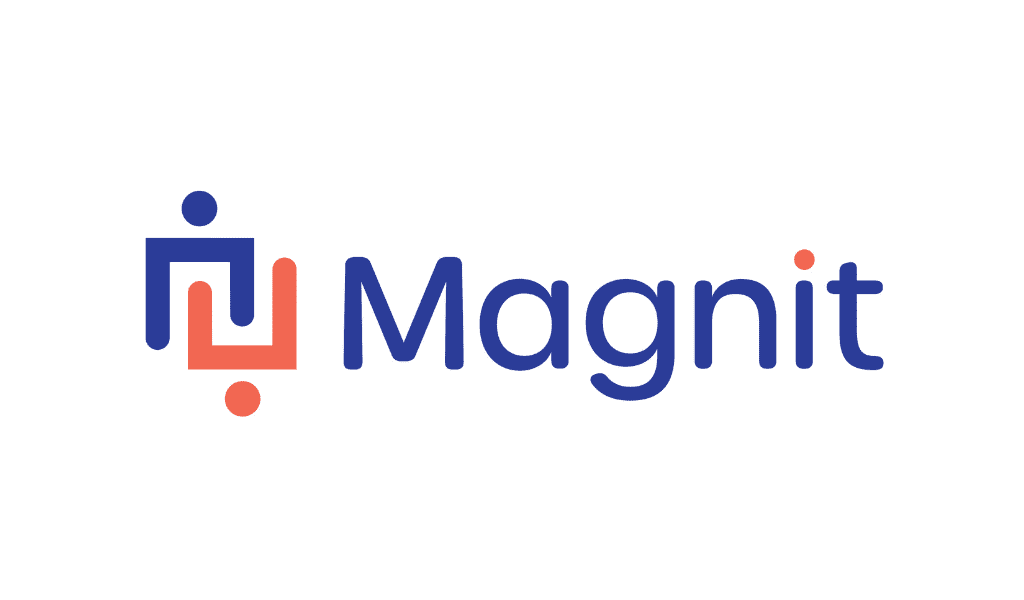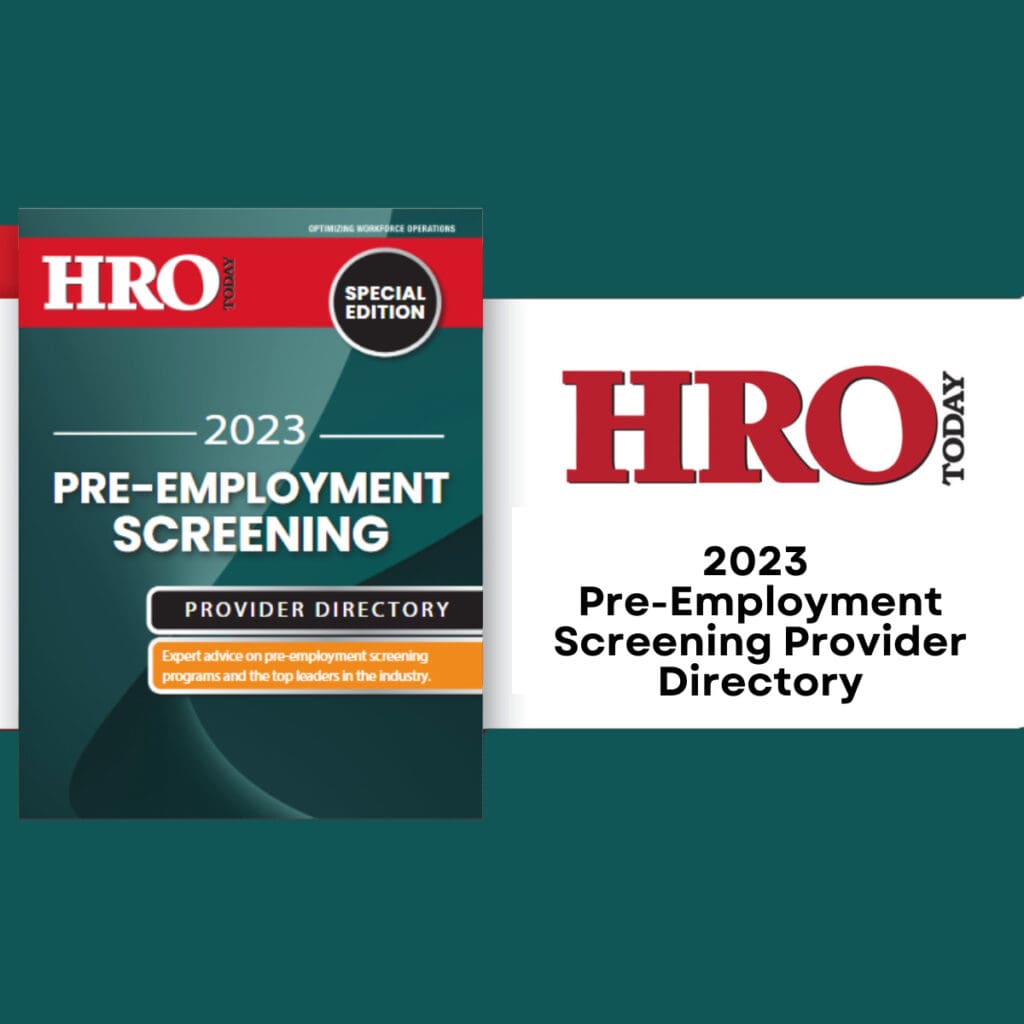Background screens help organizations make the right decision when it comes to their most important asset: talent.
Human resource leaders are facing new challenges when it comes to the background screening of job applicants. While the chief goal of any screen remains an accurate, thorough review of candidates that complies with government regulations, changes buffeting the talent acquisition field mean HR professionals have to consider their screening processes in a new light.Workforce demographics are introducing new challenges. Organizations employing a larger number of contingent workers often require faster screens and new accountability from vendors supplying the contractors. There are also more and more candidates with international experience on their resumes. This is causing the screening process to be equipped to collect data in countries that still rely on unwieldy, paper-based records or have different data privacy regulations all together.
Background screens today not only have to comply with the requirements of the Fair Credit Reporting Act (FCRA), but they also have to meet the needs of another discerning constituency: job applicants. How candidates are treated during screening carries higher stakes in a talent-scarce economy and amid increased oversight of the process by governmental agencies.
John Campbell, human resources director for Woodbury Corporation, a hotel management company, says the right blend of speed and accuracy in essential for the background checks his organization conducts on applicants for hotel jobs. Campbell, who uses screening provider Peopletrail, says he faces new challenges to find qualified candidates. “When we do find a good fit, it’s more important than ever that the background check be both accurate and fast,” he says.
What does this all mean for HR? In today’s climate, it’s critical that HR leaders have access to new, mobile-enabled technologies and other best practices to ensure candidates are regularly communicated with, treated fairly, and experience a fast and hassle-free screening process.
A Changing Workforce
To address ongoing talent shortages, more organizations are recruiting those who have lived, worked, or studied in other countries. Of those organizations in HireRight’s 2016 Employment Screening Benchmark Report who screen non-U.S. candidates, 70 percent report they have a plan to put a global screening policy in place.
“We are seeing continued growth in the international screening part of our business,” says Ben Goldberg, CEO of background screening provider Aurico, a CareerBuilder company.
Because many foreign countries continue to rely on paper-based rather than digitized records, Goldberg says it’s important to set clear expectations for HR so teams can understand how long these checks might take and communicate that to job seekers.
“Depending on the specific geography and the accessibility of information there, turnaround time can vary from days to weeks,” says Goldberg.
Michael Chalenski, president and CEO of background screening provider CSS, sees a similar trend of screening candidates with non-U.S backgrounds. “We live in a global economy so international verification is becoming the norm,” Chalenski says. The replacement this year of the Safe Harbor Privacy Principles by the new EUU. S. Privacy Shield Framework allows U.S. companies to continue receiving personal data about EU citizens, Chalenski says, but with the caveat of continued data privacy protections for those individuals.
The gig economy -comprised of contract workers -also continues to grow, with the share of those working in such arrangements now an estimated 40 percent of the U.S. workforce, according to a report by the U.S. Government Accountability Office.
Organizations with on-demand workforces often need to hire large volumes of contractors quickly, and with competition fierce for the best talent in a low-unemployment economy, screening providers face the pressure to meet that desire for speed without sacrificing report quality. Consider, for example, that Uber onboarded 50,000 new drivers in some single months in 2015.
“More companies around the world have embraced the on-demand worker model, and in some cases, they haven’t used the kind of rigorous vetting processes that a traditional employer would,” says Brian Monahan, co-founder of background screening provider GoodHire.
Regardless of clients’ demand for quick delivery, turnaround time on checks that are accurate and compliant with regulations of the FCRA still take between 24 and 48 hours on average. Any provider promising checks in minutes or hours is likely not offering thorough and accurate results.
“You can turnaround a very basic criminal search fairly quickly, but a standard criminal search will take 24 to 48 hours,” says Goldberg. “If you include education and employment checks you’re looking at three to five days depending on the type of screening and complexity of verification you’re seeking.”
Chalenski of CSS sees similar timing. “You can get data very fast now online, but it’s more about what you do with that information and what is compliant state by state,” he says. “You need experienced people on staff who are reviewing that information, not just passing it off to your customers.” In other words, when a criminal hit is reported, experts at screening firms need to review findings to determine if there are any legal or regulatory issues involved.
Candidate as King
More providers understand that in a candidate-driven job market, how applicants are treated during the screening process has significant impact. Whether the experience is positive or negative will determine how job seekers view an potential employer. What’s more, it influences how candidates communicate the screening process on social networks and elsewhere. Poor candidate experiences have hidden costs.
“How the candidate is treated throughout the background check, whether the drug testing process is user friendly, whether there is a self-service portal for them to input their own information -these are all becoming table stakes in the screening field,” says Wally Davis, president and CEO of screening provider Peopletrail.
Sought-after applicants have little patience for screening processes that are cumbersome, aren’t mobile-friendly or can’t answer their questions promptly. According to a recent CareerBuilder survey, 60 percent of job seekers abandon online job applications because of their complexity or length.
Today’s technologies allow for a quality candidate experience. GoodHire’s Monahan says self-service candidate portals allow applicants to easily enter their own data and are designed to respond to applicant questions quickly. Plus, candidates should have access to a dispute process in case a conflict in information occurs.
This heightened level of communication and transparency in the background checking process benefits all stakeholders in the industry. “There is a greater focus on more open, engaged conversations between the employer, the background screening company, and the applicant,” says Goldberg. “These more engaged interactions allow [companies] to create reports that are as clear, accurate and complete as possible.”
Greater transparency is an important step forward, Monahan says. “You always want to keep applicants apprised of what’s happening with their background checks,” he says. “You don’t want them feeling they just gave you all of this sensitive information and it just disappeared into a black hole. Some people focus only on the obvious costs of background reports, but [there] are important hidden costs associated with a bad candidate experience as well.”
Technology Leads the Way
The adoption of consumer-grade technologies by background screening providers is helping to shape the candidate experience and is transforming the industry in other ways as well. The growing use of mobile-enabled systems, more sophisticated integration with applicant tracking systems (ATS), and the expanding use of self-service candidate portals bring a new level of user-friendliness and workflow efficiency to the screening industry.
Technology is allowing organizations to have access to high-quality background checks that meet compliance standards with very little paperwork and headache. “We have to create workflows that are both friendly to candidates and highly efficient for HR practitioners,” says Goldberg.
One way to accomplish this: mobile devices. Today’s tech tools allow applicants to fill out screening forms and provide consent for checks directly from smartphones or tablets. Applicants are often sent emails or texts to their mobile devices with links to screening forms. Monahan says the process creates fewer data-entry mistakes and wastes less time without having to play phone tag and access cumbersome PDFs or paper forms.
“When a report comes back, it’s mobile-friendly and employers can set preferences regarding what kind of format they want those reports in,” Monahan says. “If hiring managers or recruiters are in a meeting or on the road and see a red flag on a report, they can take quick action on it.”
Today’s screening technologies also need to be able to adapt to shifting laws and regulations. An ability to quickly amend forms and processes to accommodate those changes and stay compliant is essential.
Compliance Trends and ‘Ban the Box’Amid the emerging developments affecting the industry there is one constant: The foundation of any effective screening service is the ability to comply with an ever-shifting array of federal and state regulations. Increased oversight from the Equal Employment Opportunity Commission (EEOC) and the Consumer Financial Protection Bureau (CFPB), as well as the real potential for class action lawsuits around employment screening -against both providers and employers – make compliance more important than ever.
The federal FCRA, which governs how background checks must be conducted, requires that screening firms use procedures to ensure “maximum possible accuracy” in their reporting.
“Compliance continues to be a big issue in the field,” says Peopletrail’s Davis. “We see more plaintiffs’ bars out there looking for background screeners or employers to make missteps in complying with FCRA requirements.”
To protect against such legal actions, HR needs to leverage compliance experts in the industry who are paying closer attention to regulatory changes. This will help organizations ensure that disputes, adverse actions, or consent processes are addressed in accordance with federal and state regulations, Monahan says.
The ever-growing “ban the box” movement mandates the removal of criminal history questions from job applications, delaying those inquires until after interviews have been conducted. The law, adopted by 24 U.S. states and hundreds of other cities and counties around the country, is designed to give ex-offenders a fair chance at employment by keeping employers from automatically disqualifying them -the so-called “knockout punch” -based on a criminal record.
Increased governmental oversight, the changing makeup of the workforce, and a need to enhance the candidate experience promise to challenge HR leaders far into the future. But by leveraging the right blend of user-friendly technologies, data accuracy, and fast report turnaround times will help HR meet those challenges and find the right talent they need.
Dave Zielinski is a Minneapolis-based freelance writer specializing in talent acquisition and HR technology issues.














